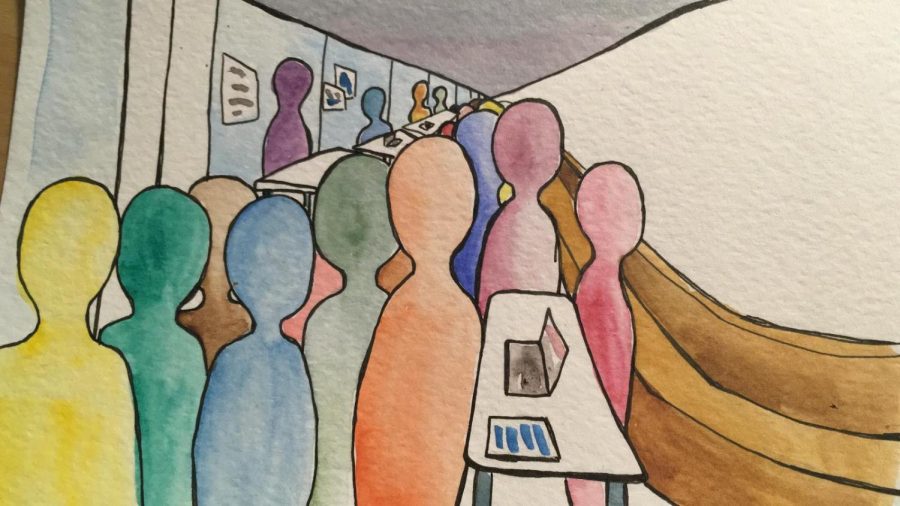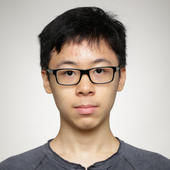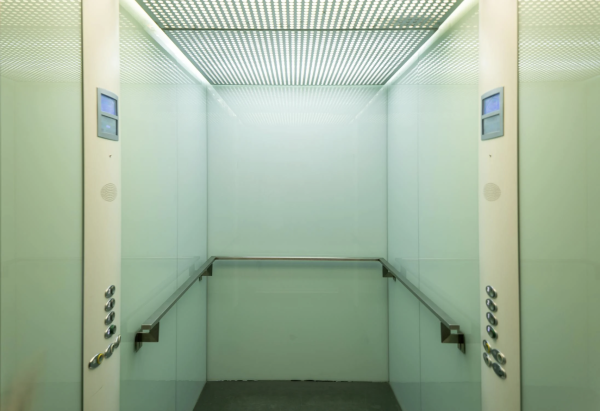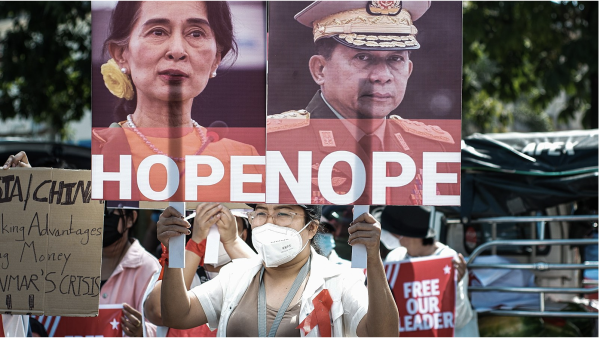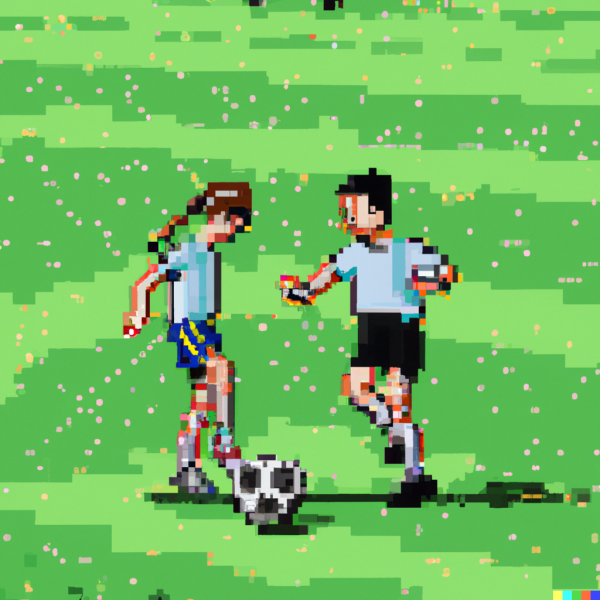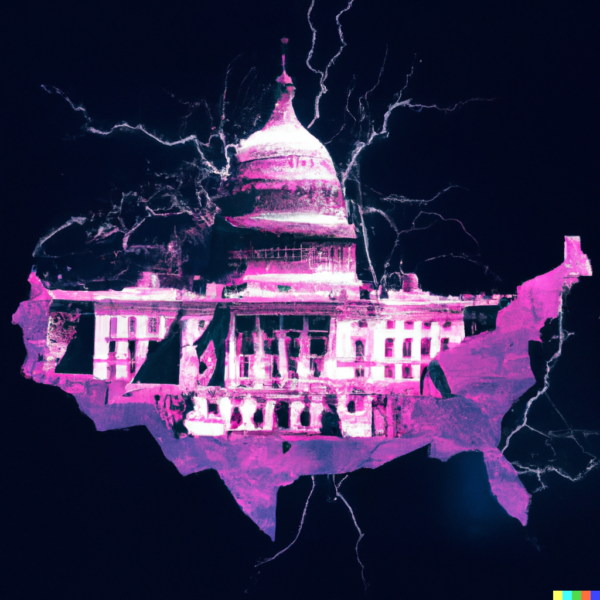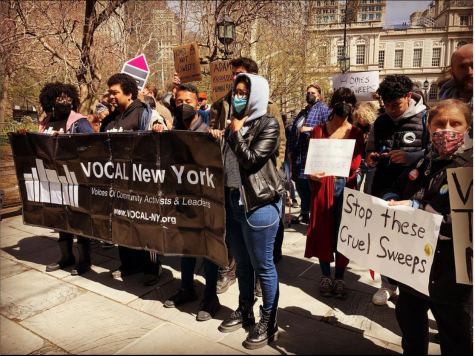The Pros and Cons of This Year’s Club Fair
On October 5, after setting up their tables, posters, and signup sheets, 44 clubs spent an hour advertising, speaking to students, and acquiring new members, all while generating a vibrant mood throughout the student body. However, there was one obvious difference between this year’s club fair and that of last year: The entirety of this year’s fair was held in the lobby, whereas last year’s fair was spread out among various classrooms throughout the school. What opinions do students and club leaders hold concerning such a drastic change, and was it an improvement from last year?
The intention behind compacting the club fair into the lobby was so all clubs would receive an equal amount of traffic. According to Won-Jae Chang, a member of the Student Council, many smaller clubs received little attention last year. By condensing all the club tables into one space, smaller clubs and new clubs would receive the same volume of student attention as the larger clubs, such as Model United Nations (MUN).
This method of leveling students’ awareness of both large and small clubs was fairly successful. Bijan Eshghi, a T3 student, found out about and joined the Computer Science Club, while Erika Nazarova, a T3 student, discovered and joined two different clubs: Political Debate Club and Chess Club. The new format for club fair has clear advantages for club membership.
This year, club fair was much simpler to navigate, and students knew exactly where to go to sign up for clubs: the lobby. Last year, people rarely knew where to go to sign up for the clubs they wanted to join, as many clubs were isolated. Saverio Cesaretti, a T4 student, stated that it was difficult to access all the clubs he was interested in last year, as the different floors and myriad rooms created long distances and barriers between club stations. Kostia Perfiliev, a T3 student, states that this year it was easier to browse club tables in the lobby, and Saverio Cesaretti stated that this time, he was able to easily navigate the fair.
Some club leaders also approved of the new club fair layout. Deborah Sobola, the president of the Reach Underserved Populations (Reach UP) Club, believes that the procedure for club leaders was fairly organized; despite only representing a club for the first time, she was able to pack up her supplies at the end of the fair with little difficulty.
However, the belief that club fair was more organized this year is not shared by everyone. Since the lobby is much smaller than the combined space of the English, Humanities, and Math departments, club fair was notably more crowded this year. Nathan Shih, a T2 student, says that the fair was “too crowded to properly look at all of the clubs.” Bijan Eshghi saw that some students had difficulty getting to their classes due to a blocked hallway. It is clear that the new club fair layout results in overly crowded spaces and congested areas, resulting in less organization.
Organization and the set-up of club fair was a prevalent issue for club leaders as well. Massimiliano Gallo’s Computer Science Club table was isolated from the most populated areas of club fair, which resulted in decreased exposure to students. Alec Bresler, the president of Political Debate Club, states that some representatives were unsure of how to prepare their club stations.
This year’s club fair was not too disorganized; nonetheless, there were some definite issues that impacted the event. Is there a way to improve club fair for next year? Being the main chance for clubs to advertise themselves and attract potential members in the school year, club fair is undoubtedly important for the functioning of all but clubs.
Several students have suggested returning to last year’s fair format, believing it to be less intense and more organized. Adam Chaynane, T3, states that the old layout allowed students to glance through windows and observe club tables without being overwhelmed by the fair’s volume or atmosphere. However, such a reversion would conflict with those who preferred this year’s format due to its ease of navigation and accessibility to club tables. These advantages can’t simply be ignored; if students can’t access clubs during the fair, membership, attendance, and engagement in clubs will suffer during the rest of the year. This dilemma is worsened when one considers the scarcity of members in several clubs during the 2017-2018 school year; during that year, many Math Club meetings barely had five members, and the majority of Chess Club meetings showed similar numbers.
It’s clear that the student body is divided as to which club fair layout should be reinstated for next year. But what if there were alternatives to the two options?
Some students have proposed alternative places to host club fair. Lisa Coullaré, a T3 student, suggested that club fair could be held on the roof and inside the classrooms on the fifth floor. Given the expansive space on the roof, this may seem to provide easy access to club tables without creating dense crowds. In addition, the open space would lessen the effect of a high noise level. But a simple rainstorm could easily ruin this plan. And since club fair is scheduled many days in advance, it would be nearly impossible to quickly move it indoors in case of rainfall.
Saverio Cesaretti suggested that next year’s club fair could be held in the library, avoiding both the claustrophobic atmosphere of the lobby and the confusing layout of a fair dispersed throughout several floors. This idea, while not perfect, has its merits. Mr. Dutilloy, the head librarian at UNIS, has said that while the library by itself would not be big enough to host club fair, it could extend into the English department and the gym on the third floor. He also suggested that each club has a minimum of two tables to reduce crowding between stations. Even though this would require more space, club fair would still be able to fit within the library, English department, and third-floor gym. Not only would this create more space, but it would also reduce student confusion as to where to browse and join clubs, as the entire fair would be on one floor. Granted, this idea may still generate noisy crowds, but the sound would be spread out instead of being compressed in the lobby. Again, this plan may not be perfect, but it may be the optimal solution for next year’s club fair.
According to Won-Jae Chang, the Student Council has not decided exactly where next year’s club fair will be located. Perhaps one hosted on the third floor would resolve students’ complaints from both this and last year’s fairs. Regardless of the Student Council’s decision, however, chances are students and club leaders will cooperate to make next year’s club fair accessible, enjoyable, and productive.



